Victory in any war is forged not only by weapons, but also by propaganda. Hakko ichiu ("eight corners of the world under one roof") - this was the political motto of Japan in the 30s and 40s. This is how the Land of the Rising Sun justified its aggression against other peoples in the struggle for world domination. And every propaganda machine goes thanks to gasoline from human lives.
In war, heroes are always needed. From this issue, you will learn how an accidental explosion became a fertile topic for propaganda myth-making, how "three live bombs" became national heroes, got into school textbooks and even turned into chocolate, a woman's hairstyle and statuettes.
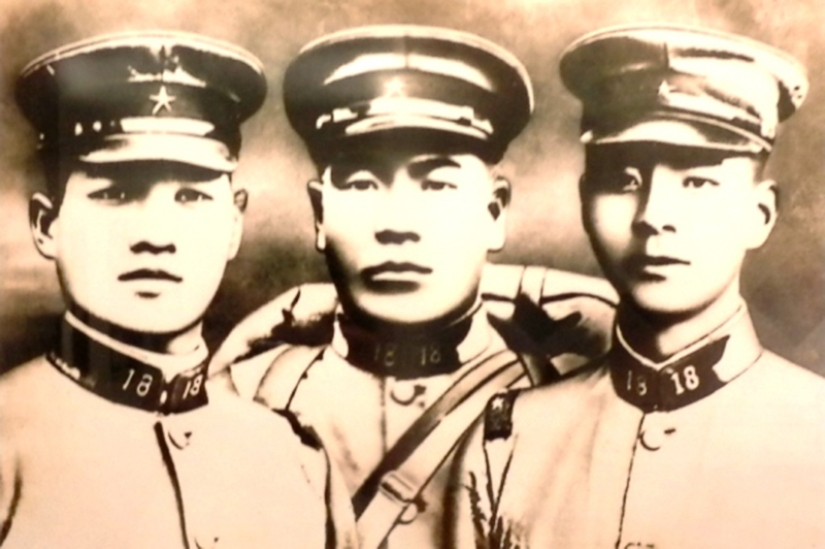
On February 22, 1937, the Japanese army attacked the Chinese fortifications north of Shanghai at a place called Miaohangzhen. The Chinese were well entrenched there, and their barbed wire fences were a serious obstacle for the Japanese infantry. At 5:30 am, privates of the 1st class Takeji Eshita, Susumu Kitagawa and Inosuke Sakue, who served in the sapper battalion, were sent to undermine the wire fortifications. They were carrying a Bangalore torpedo — a three-meter bamboo tube filled with explosives.
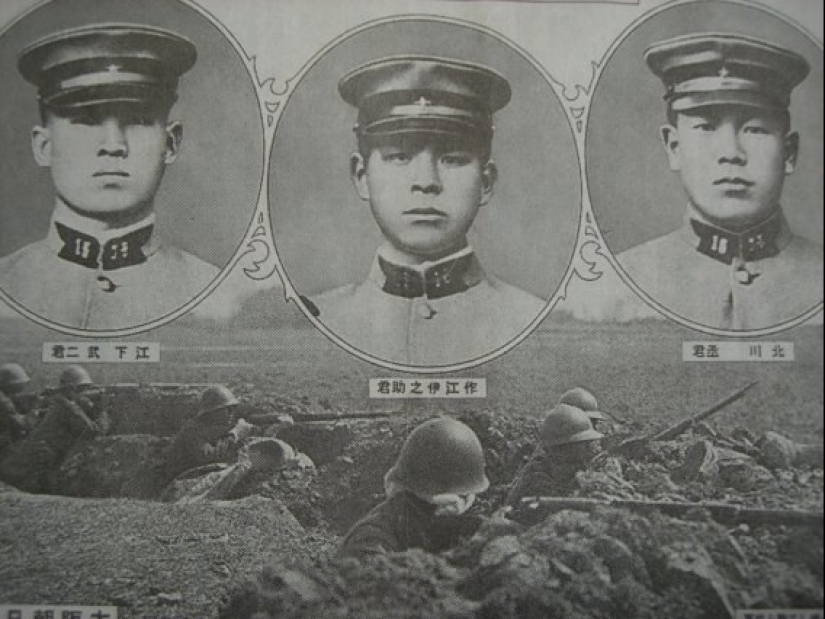
All three exploded together with the torpedo and died, but the goal — to make a hole in the Chinese fortifications — was achieved. In this seemingly insignificant episode, the army leadership saw huge opportunities for propaganda, so on February 24, the news about the three sappers appeared on the front pages of newspapers. According to the official version, the fighters deliberately sacrificed themselves for the sake of destroying the barriers.
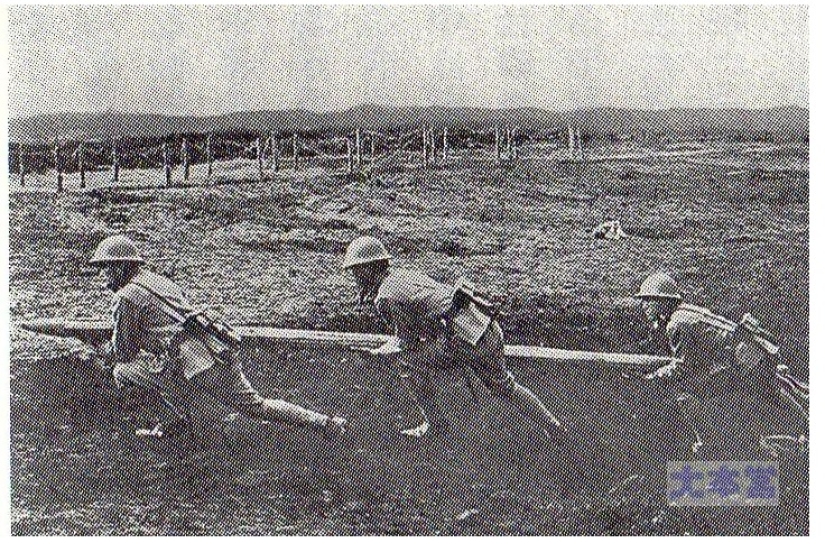
They allegedly ran to the Chinese fortifications with the torpedo fuse cord set on fire in advance, realizing that they would not have enough time to set it on fire if they brought the torpedo closer to the barrier. The press praised the newly-born heroes in every way: their feat, as the newspapers wrote, surpassed the exploits of Captain Hirose and Lieutenant Colonel Tachibana. The Minister of the Army Sadao personally took part in the" canonization " of the sappers Araki.
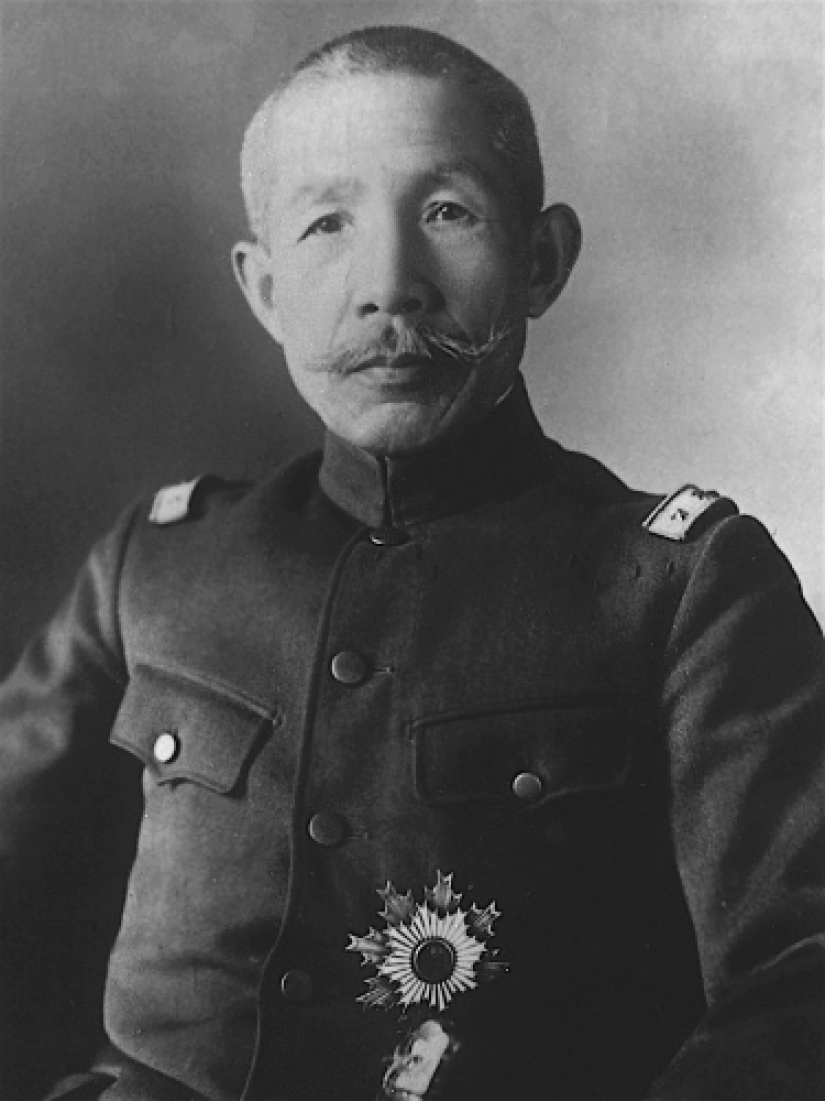
The Asahi Shimbun newspaper, which was the first to publish the news about the sappers, began raising money for the families of the victims. On the first day, a patriot donated a huge sum of 1,000 yen (the average income of a family of four was 82 yen per month in those years). When the collection was completed, there was enough money not only for the parents of the sappers, who received 10,000 yen each, but also for the installation of a bronze statue in honor of Esita, Kitagawa and Sakue, which took 20,000 yen. All three were posthumously promoted to the rank of corporals and awarded each the Order of the Golden Kite of the 6th degree.
Six film companies immediately after the first newspaper publications appeared announced their intention to make films about the three heroes, and in March all six films were ready. Traditional arts did not lag behind either: three heroic live bombs were included in rakugo's monologues, plays about sappers were performed in Kabuki, Simpa, bunraku and dzeruri theaters, often accompanied by excerpts from plays about forty-seven Ronin and thus continuing the glorious tradition of stories about loyal vassals. Radio dramas were hastily created, books were written, manga was drawn.
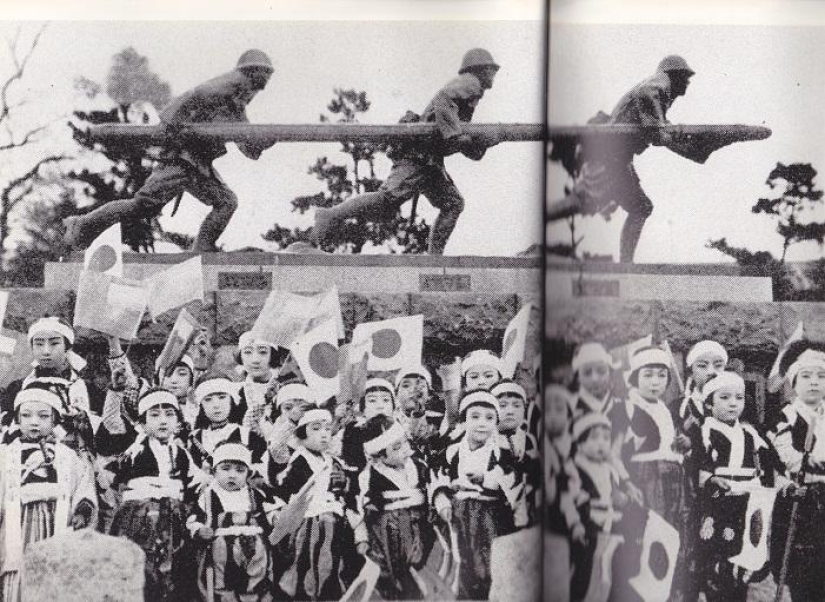
The monthly magazine "Boys' Club " (С Se:nan Kurabu) placed in the March issue a huge four-page poster depicting three heroes with a torpedo, and more than a million young readers hung this poster over their bed. On the streets, boys played heroic sappers, running in threes with a "torpedo", the role of which was performed by a log, to "fortifications" defended by"enemy soldiers". The influence of the legend was so great that the description of the feat of Esita, Kitagawa and Sakue was included in school textbooks.
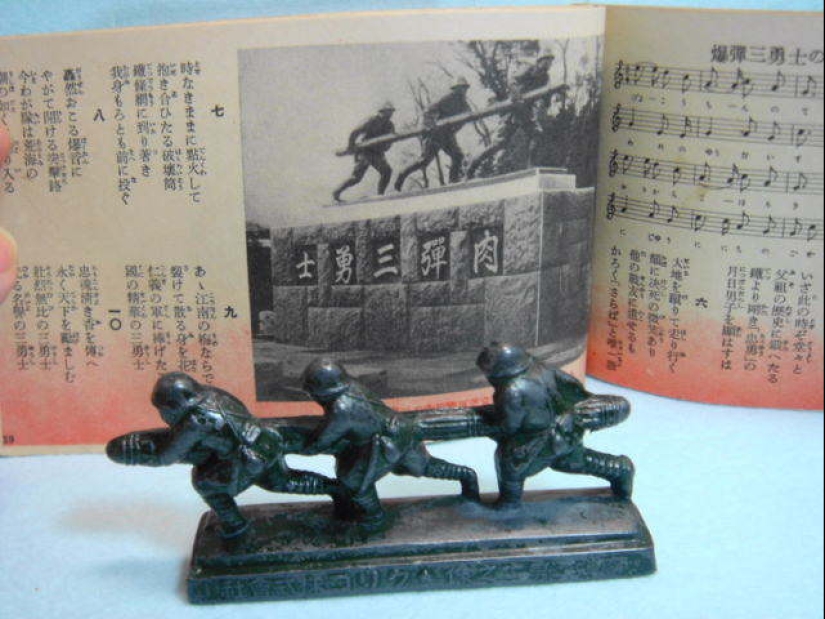
The popularity of the three heroes was also realized by businessmen who are not related to the media sphere. "Three heroic live Bombs" has become a trademark for the most unexpected things. There was a female hairstyle "Sanyushi-mage" ("hairstyle of three heroes"), chocolate "Live bombs", caramel "Live shells" and rice cookies "Three heroes".
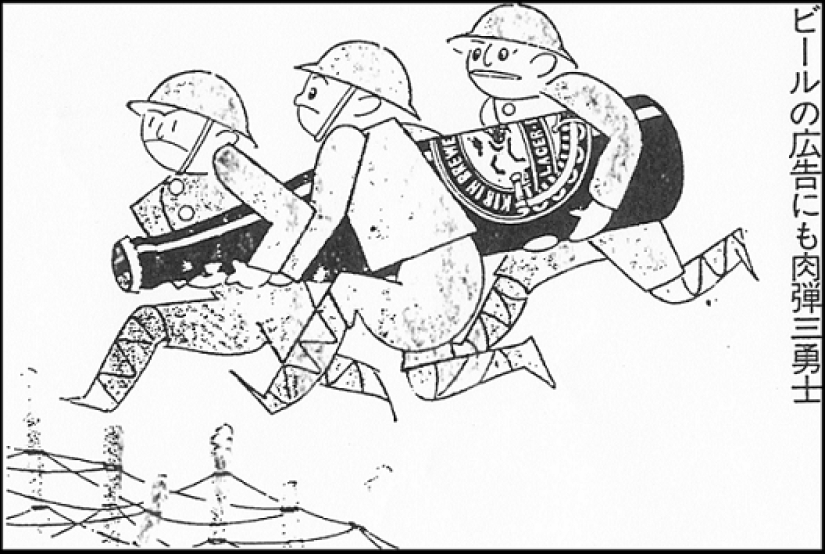
The patriotic excitement sometimes turned into a tragicomedy. In Osaka, a 24-year-old worker, impressed by the feat of three sappers, asked to volunteer for the Chinese front, was refused and out of desperation tried to jump off the roof.
In Gifu Prefecture, a 19-year-old girl drowned herself in a pond, leaving a suicide note with the words to her two brothers: "With tears of reverence, I follow the path of the three heroes and I beg you to do the same, serving the motherland to the last drop of blood." In Hokkaido, two elementary school teachers were injured while preparing a scene about the feat of "live bombs": they, like real prototypes, had gunpowder stuffed into a bamboo tube exploded at the wrong time.
Keywords: Asia | Japan | History | Propaganda | 30s
Recent articles

American actress and model Catherine Bach is considered by many to be the true embodiment of the 70s. The curvaceous beauty loved ...

Watch a selection of rare archival footage of the XX century stars posing with their moms. Looked like her Marilyn Monroe, ...
Related articles

Watch a selection of rare archival footage of the XX century stars posing with their moms. Looked like her Marilyn Monroe, ...

What do we women have to endure in the name of fashion? What sacrifices we are not forced to make to look beautiful, modern and ...

The first wedding night in Russia was arranged in a special way and had a lot of differences from the similar tradition of other ...

Not so long ago we had a post about color photographs of Italy in 1938 (see the link below). An endless series of banners, ...